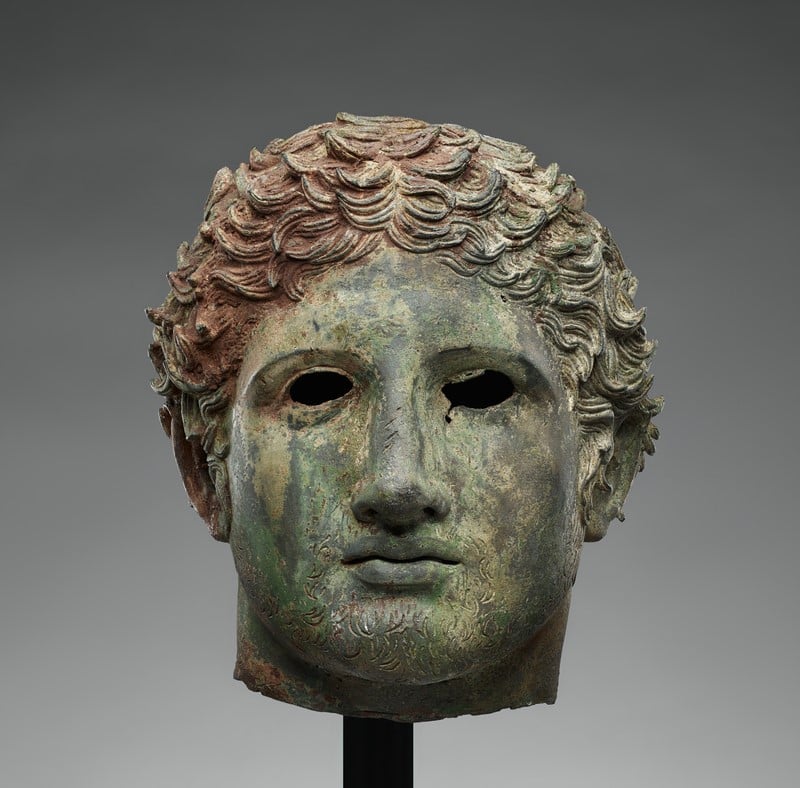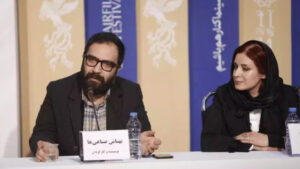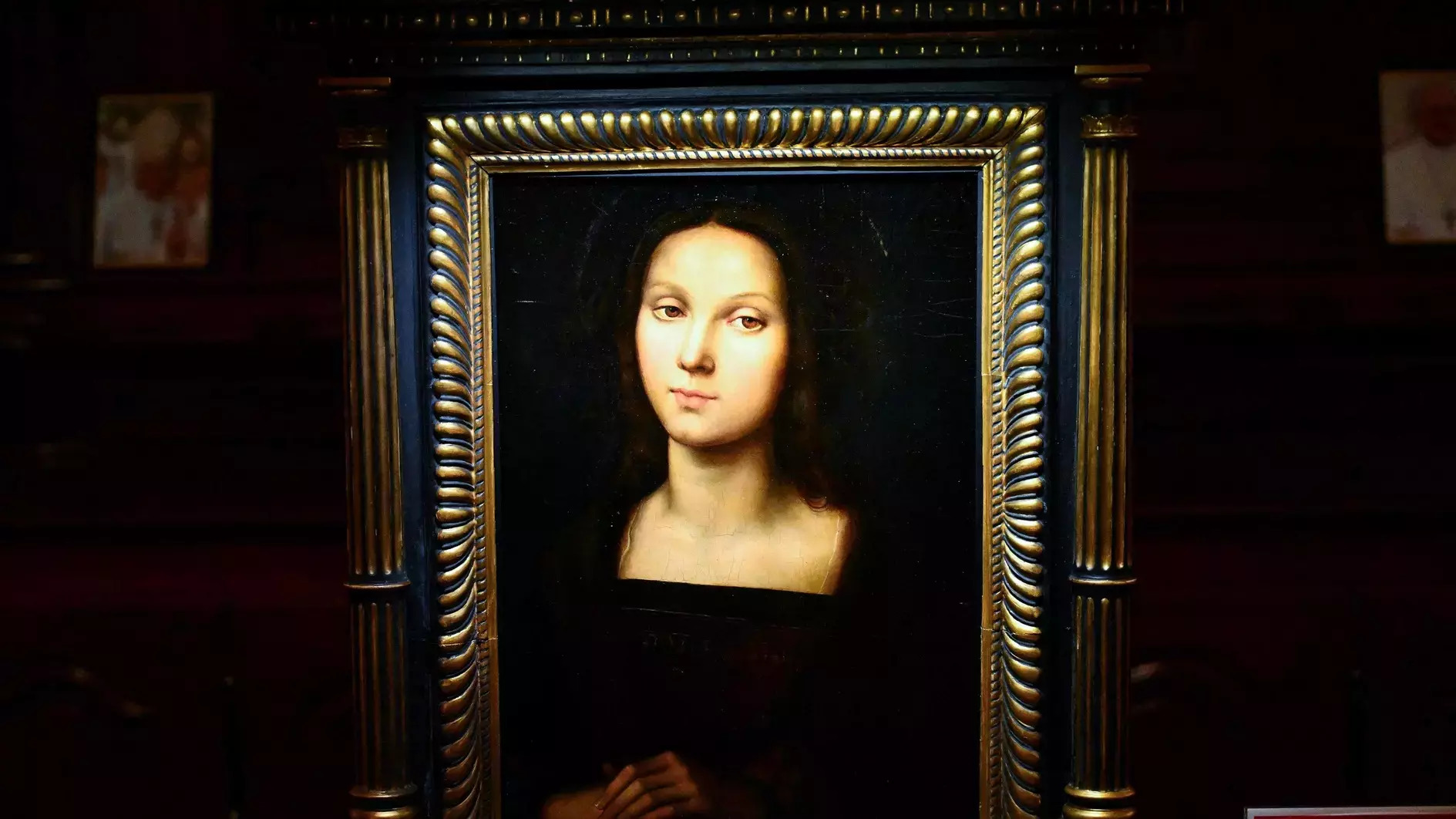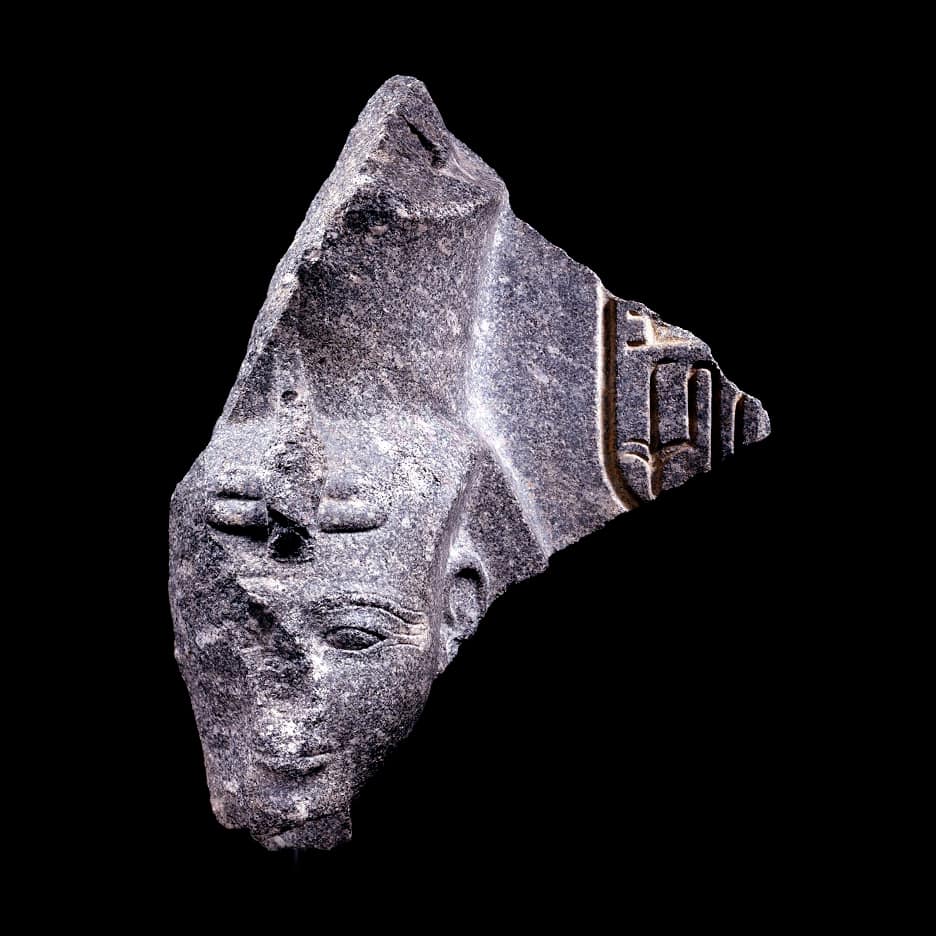The J. Paul Getty Museum in Los Angeles has returned a life-sized bronze head of a young man to Türkiye. The bronze head was illegally excavated, it was reported.
The head had been part of the antiquities collection at the Getty Villa Museum since its acquisition in 1971. However, the museum received new information from the Manhattan District Attorney’s Office in New York suggesting that it had been unlawfully excavated.
While the California museum did not disclose the specific details of the new information regarding the excavation, officials in New York have not yet responded to requests for clarification. The head has been taken off display pending its return to Turkish authorities.
“In light of new information recently provided by Matthew Bogdanos and the Antiquities Trafficking Unit of the Manhattan District Attorney’s Office indicating the illegal excavation of this bronze head, we agreed that the object needed to be returned to Türkiye,” stated museum director Timothy Potts. He also added Potts added that by returning the head to Türkiye, the museum seeks to continue building a constructive relationship with the Turkish Ministry of Culture archaeological colleagues in the country.
The Getty Museum stated that its protocols entail returning objects to their country of origin or modern discovery when credible evidence suggests they were stolen or illegally excavated. In 2022, the museum returned a collection of artworks to Italy after discovering their connection to disgraced antiquities dealer Gianfranco Becchina.
The bronze head is estimated to date back to the period between 100 B.C.E. and 100 C.E. It is a separately cast element of a life-sized figure, detached from the body at the upper neck. The eyes were originally adorned with an unknown material that has not been preserved. Researchers have yet to identify the body of the figure. Moreover, the subject of the figure remains enigmatic, as it was crafted in a “highly idealized” style and has not been linked to a member of an imperial family or any named individual, according to the museum. However, an inscribed alpha (“A”) is visible on the interior of the neck at the bottom rear edge.
Some scholars have associated the bronze head with the archaeological site of Bubon, in the Burdur province of southwestern Türkiye. Bubon was subjected to illicit excavations in the late 1960s.











